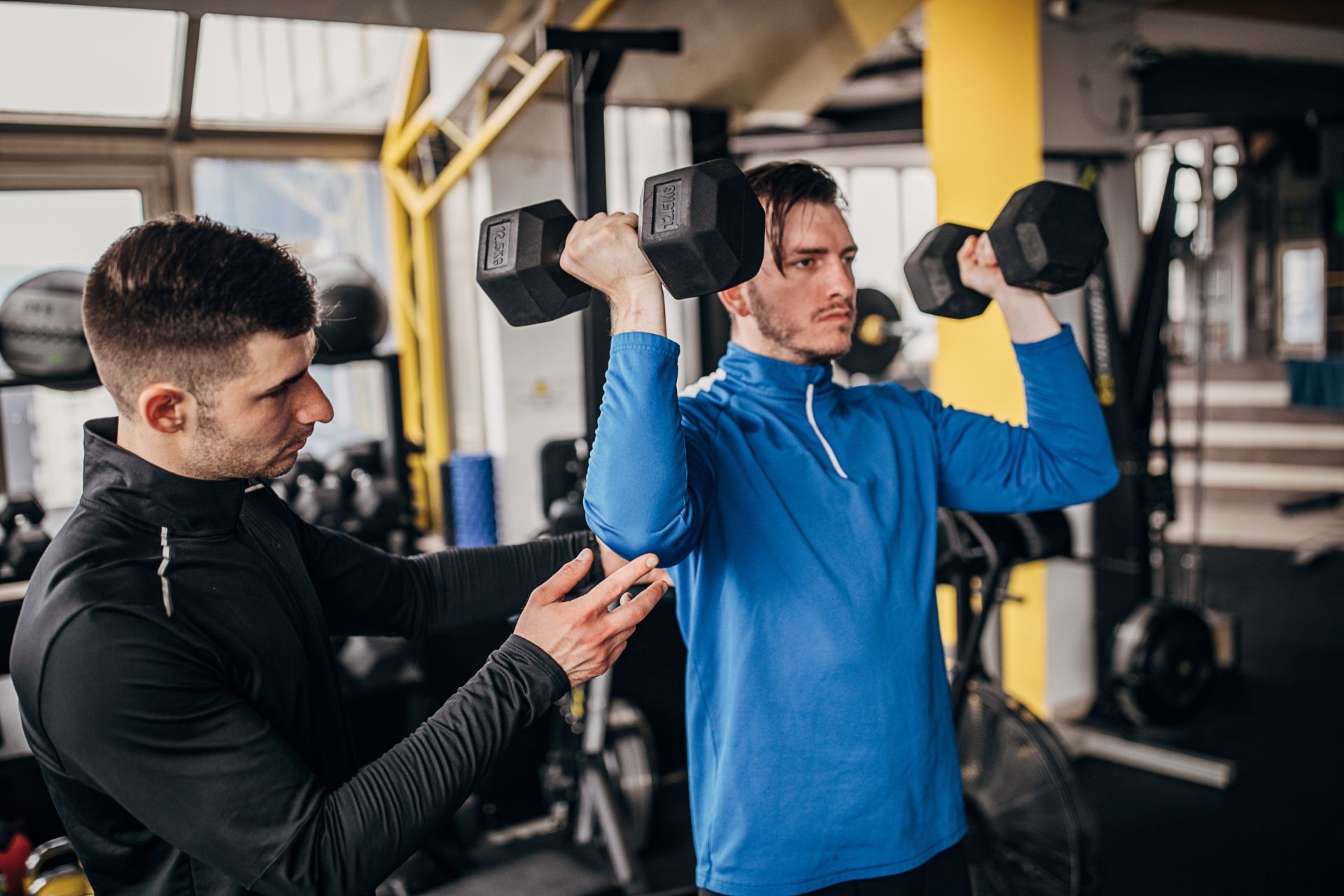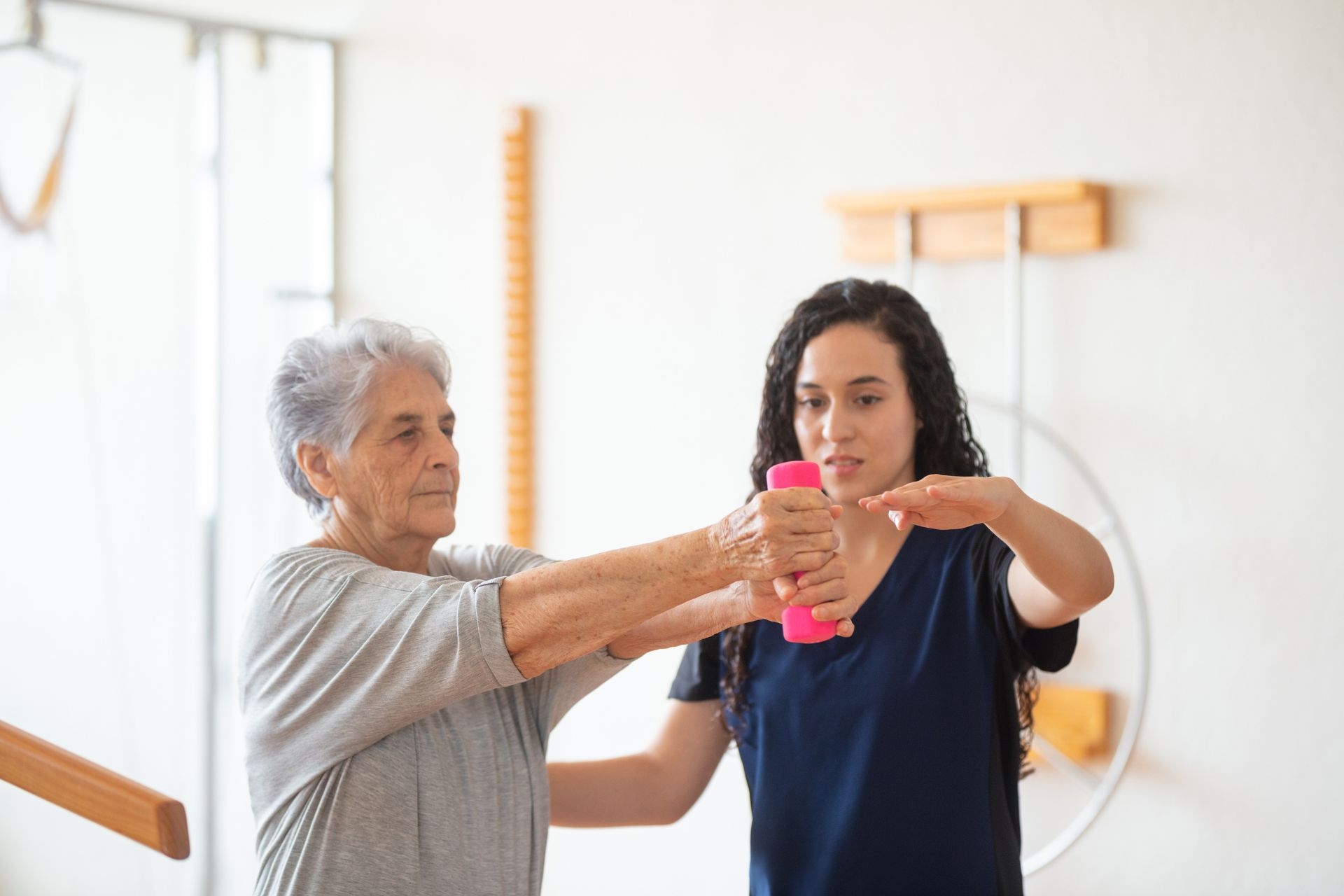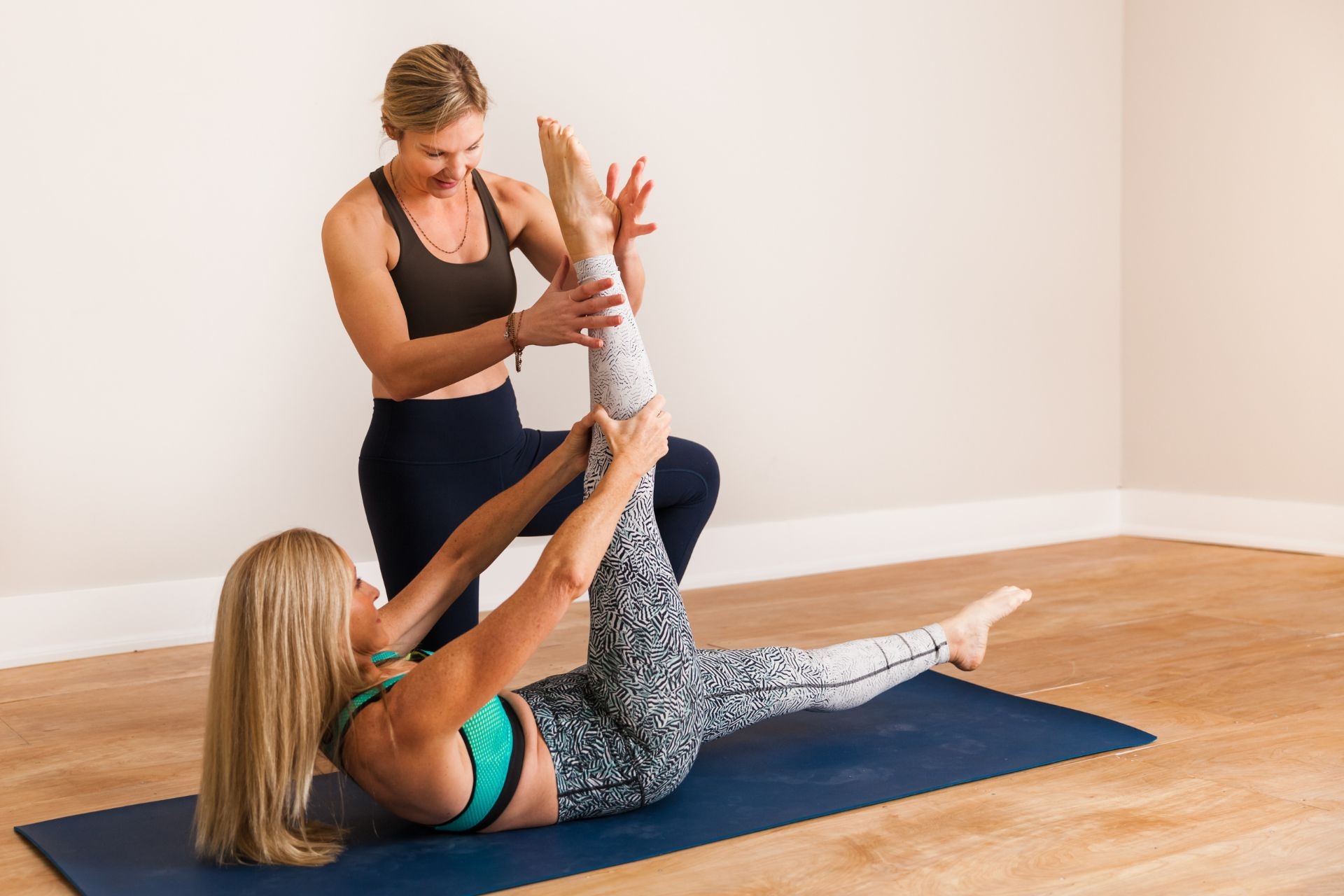Neuromuscular Reeducation
How does neuromuscular reeducation help improve muscle coordination and control?
Neuromuscular reeducation helps improve muscle coordination and control by focusing on retraining the brain and nervous system to properly communicate with the muscles. This process involves specific exercises and movements designed to activate and strengthen the neural pathways responsible for muscle function. By targeting these connections, individuals can enhance their ability to recruit and coordinate muscle groups effectively, leading to improved overall movement patterns and control.
Therapeutic Exercise Prescription



